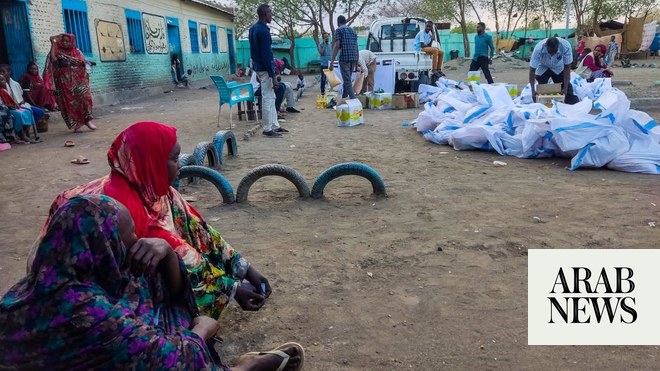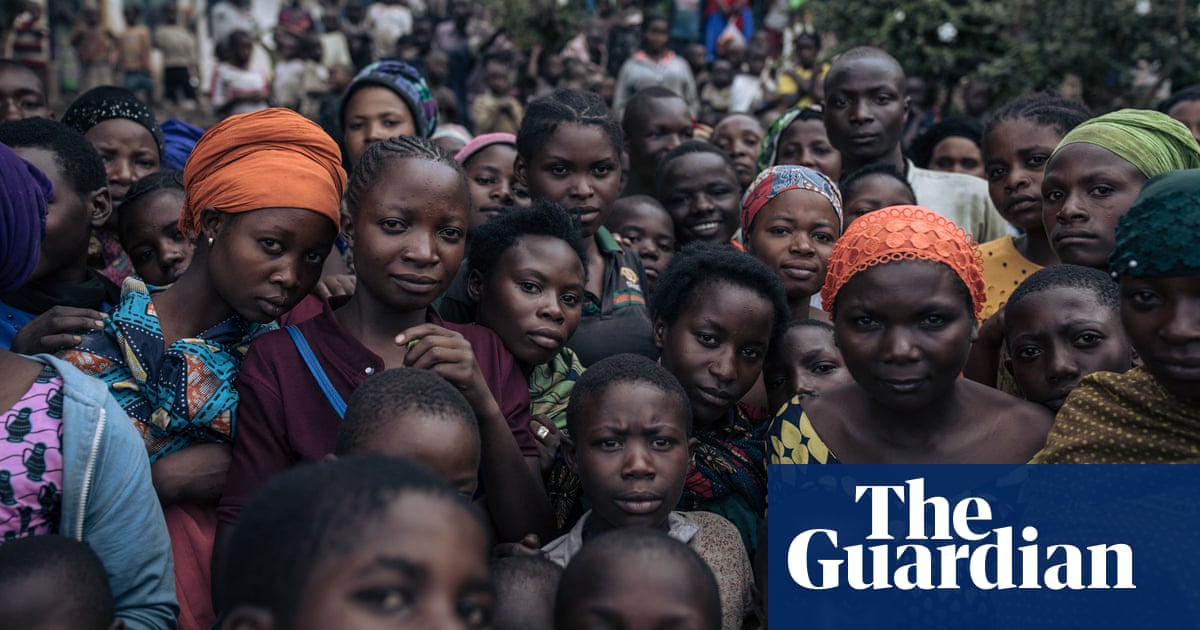
A total of 50.8 million people around the world were recorded as internally displaced last year, forced from their homes by conflict and disaster. This is the highest number ever, and 10 million more than in 2018.
Annual statistics published by the Norwegian Refugee Council’s Internal Displacement Monitoring Centre (IDMC) calculated that by the end of 2019, 45.7 million people were internally displaced – effectively becoming refugees in their own country – as a result of violence in 61 countries. An additional 5.1 million people in 96 countries had been displaced by disasters.
Alexandra Bilak, the IDMC director, said she had hoped internal displacement would receive more global attention this year, following the launch in October of a UN high-level panel to address the problem and find long-term solutions. The panel held its first meeting in February.
However, Covid-19 was expected to shift focus away, she said. “We were so hoping this year would be really the wake-up call to the international community, with the new high-level panel on internal displacement. We thought this year would be the year of internal displacement,” said Bilak.
She said it was too early to assess the full impact of the coronavirus on displacement and the efforts to address it, but was worried about future funding.
“If we’re about to plunge into a recession, of course it’s going to have an impact on the generosity of donor governments,” she said. “It’s going to be a really bad situation for everybody.”
Bilak added there was great concern for the safety of people who have been displaced. “IDPs (internally displaced people) are often highly vulnerable people living in crowded camps, emergency shelters and informal settlements with little or no access to healthcare. The global coronavirus pandemic will make them more vulnerable still. It will compromise their already precarious living conditions, by further limiting their access to essential services and humanitarian aid.”
Bilak said the Norwegian Refugee Council and other humanitarian agencies were already reporting that government restrictions were affecting the delivery of aid.
The report, published on Tuesday, showed that the majority of new cases of displacement last year were in poorer countries.
The highest number were recorded in sub-Saharan Africa, where escalating violence and deteriorating security in the Sahel and ongoing conflict in Somalia and South Sudan continued to drive hundreds of thousands from their homes.
Tropical storms and monsoon rains in south and east Asia and the Pacific had also displaced millions. India, the Philippines, Bangladesh and China each recorded at least 4 million displacements, although the majority were the result of evacuations by their governments.
By the end of last year, more than 130,000 people were still unable to return home after the devastation of cyclones Idai and Kenneth.
Bilak warned that next year’s displacement report was “going to be extremely difficult” to compile as people responsible for collecting data may struggle to do so under current restrictions. “We could end up with a black hole of data,” she said.










